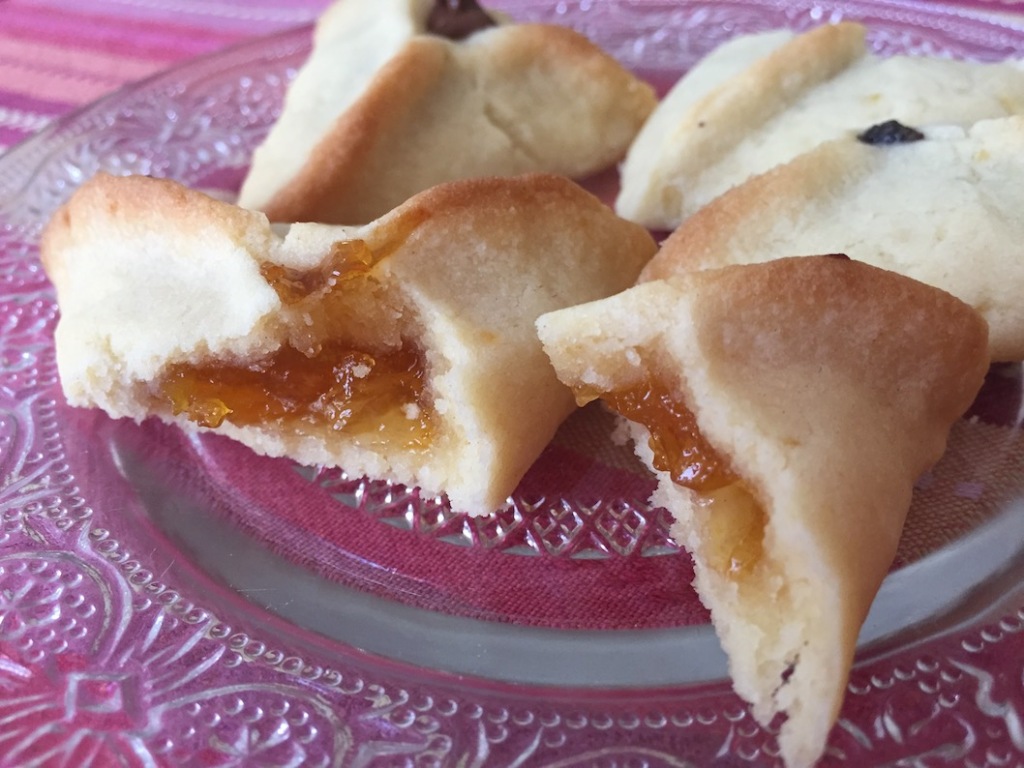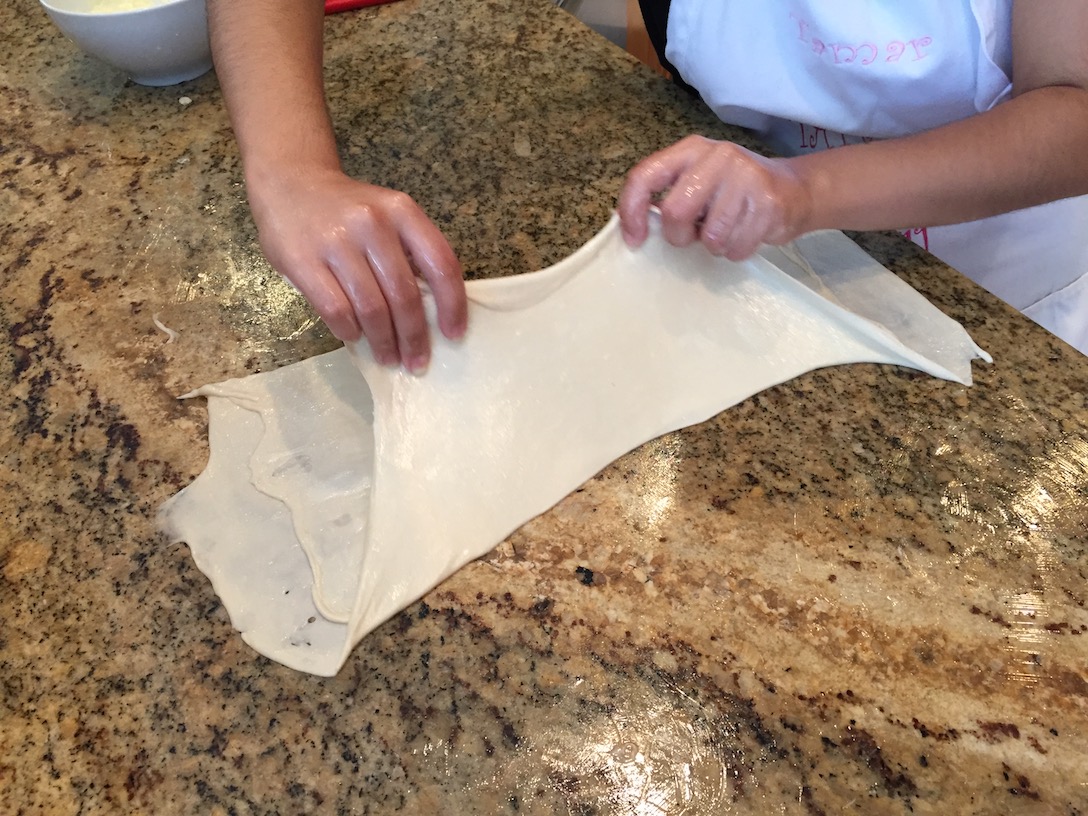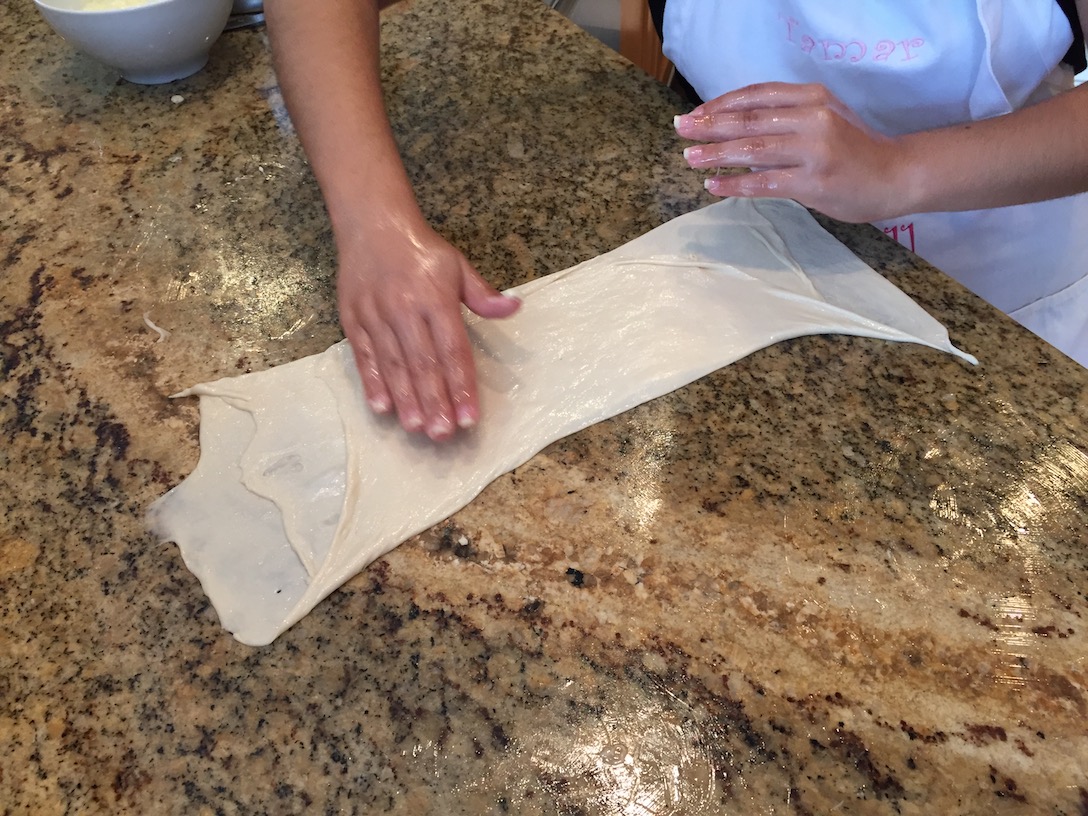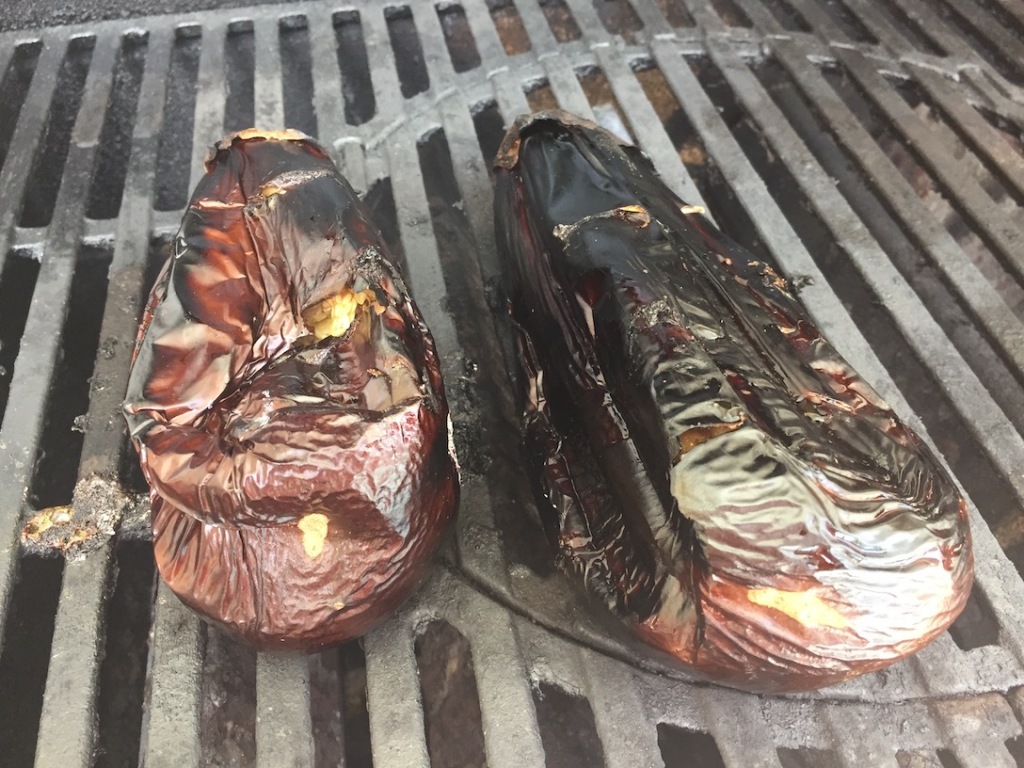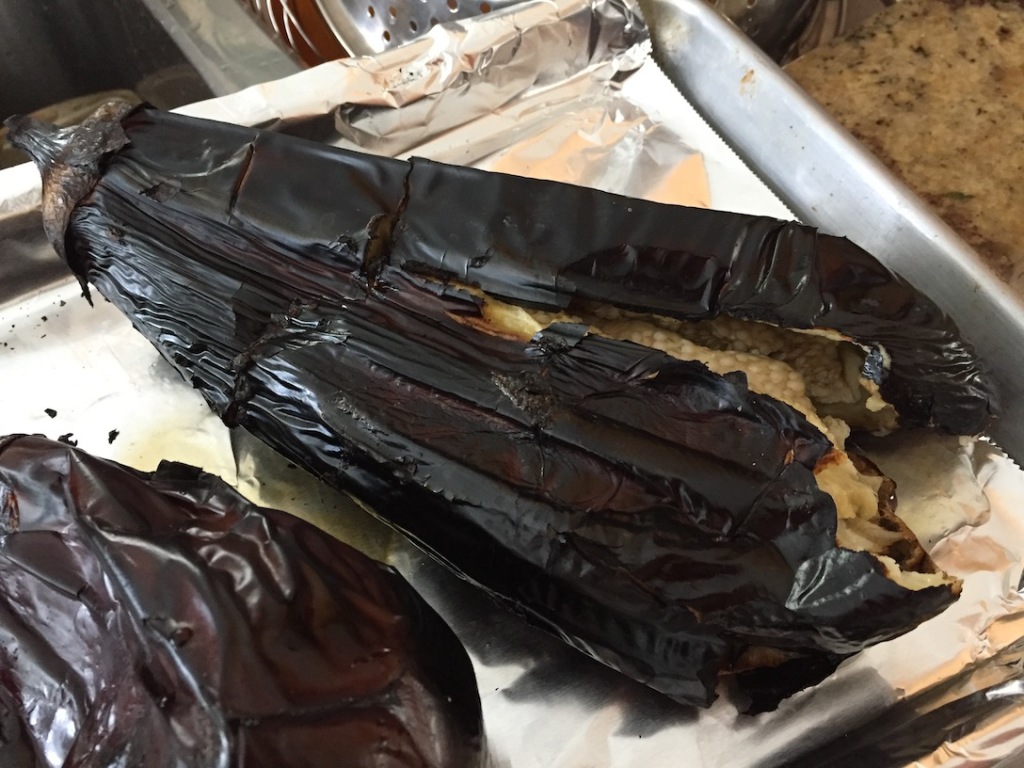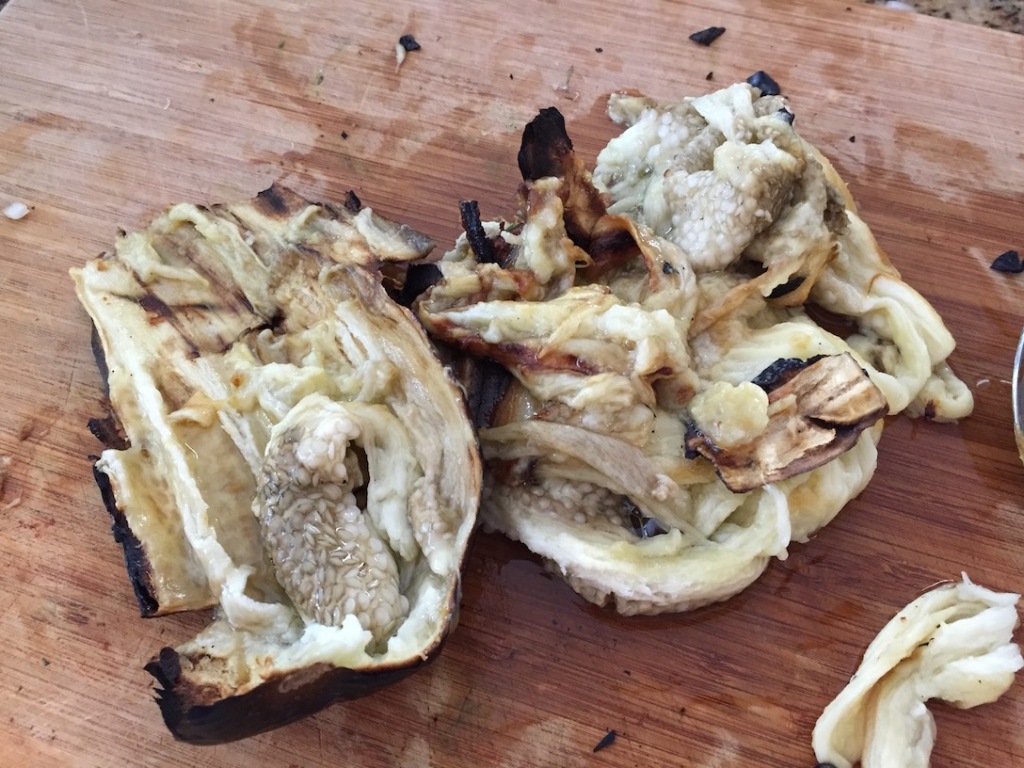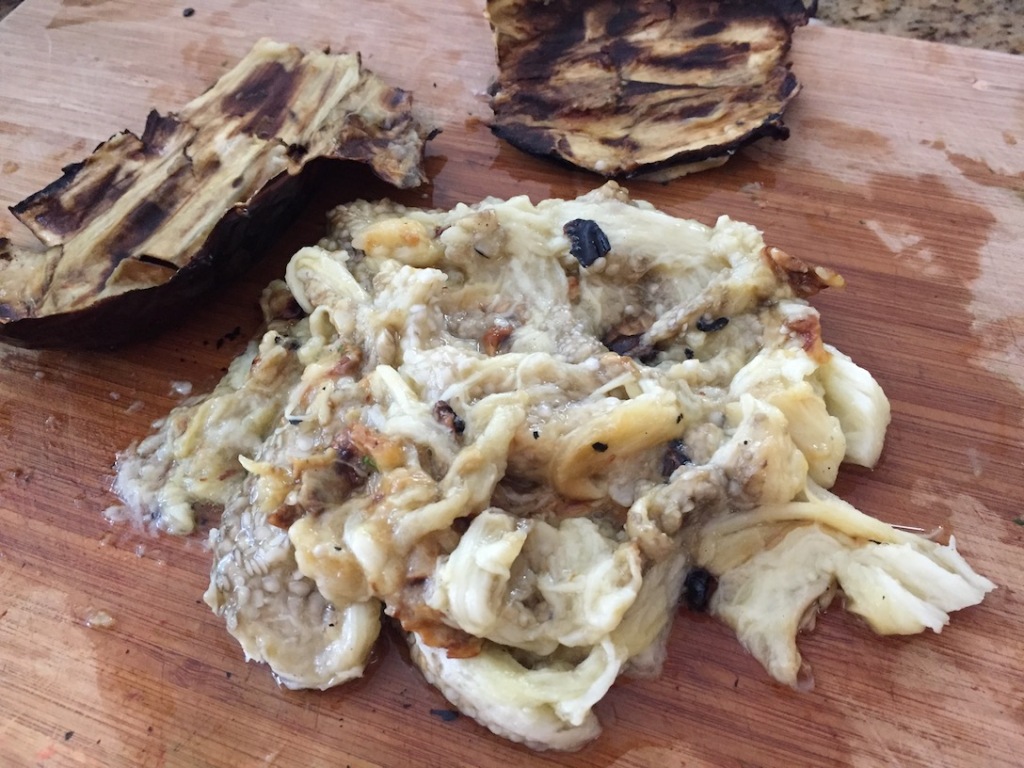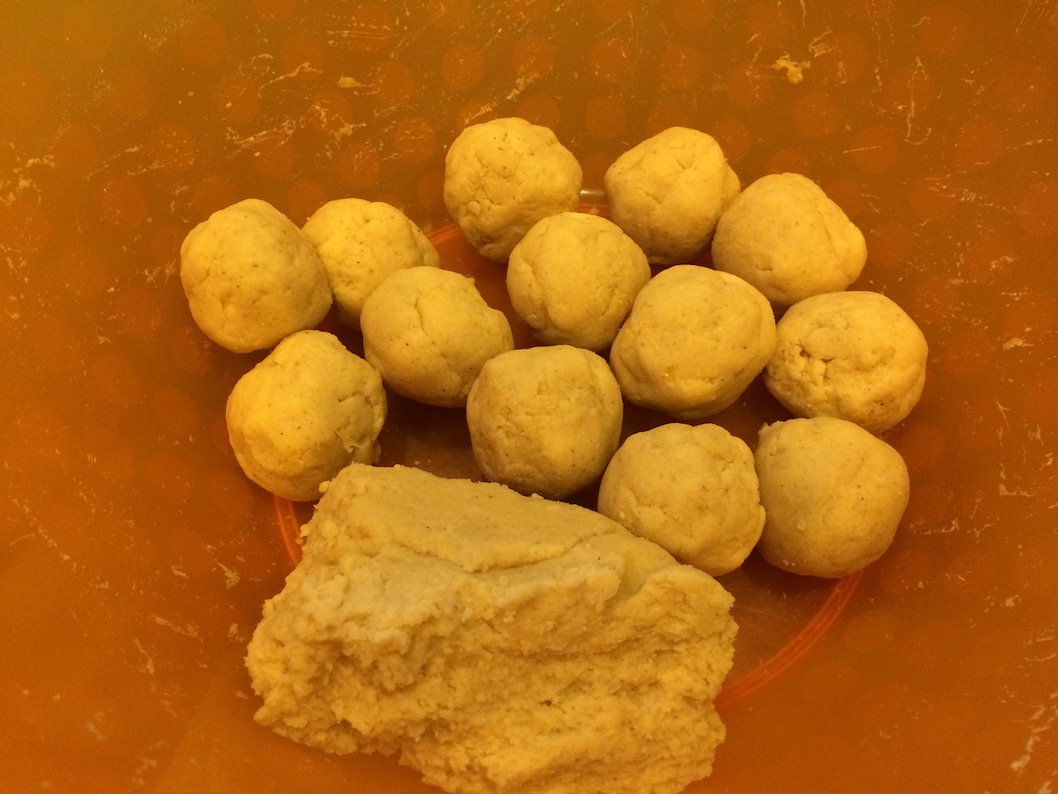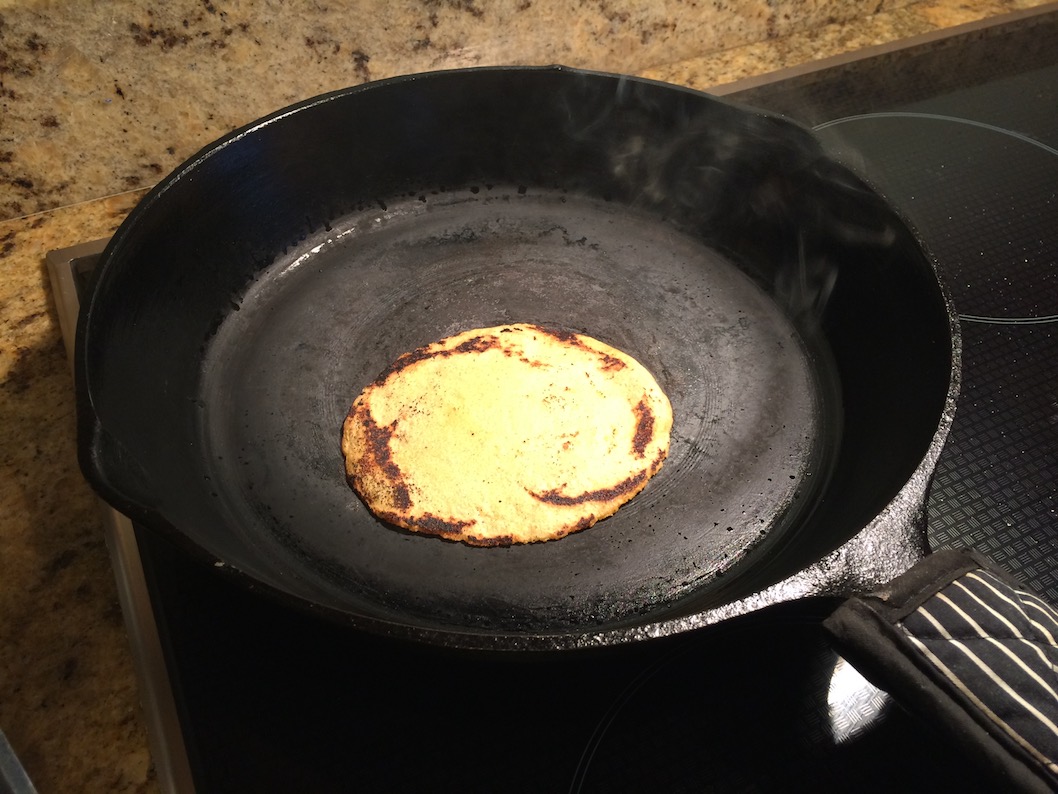Haman taschen (in Yiddish and German) means Haman’s pockets. These are traditional Jewish, triangular shaped cookies, made for the holiday of Purim. In a nutshell, Purim is the Jewish equivalent to Halloween when it comes to costumes and partying. Is has been celebrated for centuries to commemorate the almost annihilation of the Jews in Persia, 2000 years ago, and their last-minute redemption thanks to Queen Esther, who happened to be Jewish, and her uncle Mordechai. The villain in the story who wanted to get rid of all the Jews and ended up being hanged, is Haman, the king’s chief advisor.
So, the cookies are named after Haman’s pockets. Why? I have no idea. In Hebrew the name is even funnier and translates as Haman’s ears. Again, I have no idea how the name came to be, but it seems like no one really wonders about it. Weird!

I don’t think I’ve ever bought Hamantaschen. We’ve always made them at home, for Purim, ever since I was a little girl. I loved making them with my mother and I love making them every year with my kids. This year even my hubby joined the fun. I know they enjoy it too, even though they are not little anymore. It is a fun tradition that we have in our home, and it makes the Purim holiday even more fun and special. One of the nice customs of this holiday is to make baskets of foods and treats and give them to friends, neighbors, and the needy. So, we always make a huge amount of Hamantaschen and add them to the baskets we make.
If you live in in the U.S, in areas where there is a large Jewish community, you may have seen these triangular cookies in delis, bakeries, and diners all year round. But I can promise you that they don’t taste anywhere near the following recipe. If you ever had Hamantaschen and thought you liked them, you must try this version. You’ll never be able to eat the other stuff again. And if you never had Hamantaschen, don’t look any further. This is the real deal. The dough in this recipe is different than the usual cookie dough you’ll find in most recipes. It is delicate and melts in your mouth and is soooo delicious!!
Enjoy!!

Ingredients:
100g powdered sugar
200g (8oz) cold butter, cut into cubes
350g (2 ½ cups) flour
¼ tsp salt
2 egg yolks
¼ cup milk
1tsp vanilla extract or lemon zest from 2 lemons (depends on the filling)
Preparation:
Place the flour, sugar, butter, and salt in a food processor equipped with the blade attachment and work it to get a crumbly mixture.
Add the egg yolks, milk, and the lemon zest, or the vanilla, and keep mixing by pulsing the mixture only to the point where the dough becomes cohesive.
If the dough is too sticky, add one tablespoon of flour. If too dry and crumbly, add 1 tbs milk. Do not overwork the dough, as you want it to be flaky.
Flatten the dough into a 2-inch-thick disk, to make it easier to open it later on. Wrap the disk in plastic wrap and keep in the fridge for a couple of hours.
In the meantime, prepare the filling of your choice. Some suggestions are given on the bottom.
Preheat the oven to 350F. Remove the dough from the fridge and bring to room temperature so you can easily roll it out, without cracking the dough. Roll out the dough to 1/8 inch in thickness. Use a 3 ½ inch wide drinking glass or a round cookie cutter to cut round disks. Try to leave as little room as possible between disks, to avoid reusing much of the dough. The less you work the dough, the flakier the cookies will be.
Spoon 1-2 teaspoons of your filling of choice into the middle of each disk. Fold up the edges of the disk to form a triangle. Pinch the corners to “glue” them together. You may leave some the cookie open so the filling is visible, or you can choice to pinch the edges completely and create a “surprise” cookie.

Place the Hamantaschen, 2 inches apart, on a baking sheet covered with parchment paper, and bake for 12 minutes. The cookies should remain light colored. They are not supposed to brown too much.

There are some traditional Hamantaschen fillings used commercially such as prune, apricot or raspberry jelly, and sometimes poppy seeds. Chocolate filling is a newer addition in commercial Hamantaschen in Israel. However, the fillings are usually of the less good quality.
Best thing would be to make your own filling. You can fill your Hamantaschen with every filling you can think of. Here are some of our favorites:
Cocoa, chocolate Chips, and Cinnamon (use vanilla in the dough and omit the lemon zest)–
1 stick very soft butter
3 hipping tbs cocoa powder
1 hipping tbs cinnamon
5 heaping tbs sugar
1 cup chocolate chips
Mix the butter, cocoa powder, cinnamon, and sugar, into a paste. Place ½ tsp of the paste in the middle of each dough disc, then top with 4-5 chocolate chips.
You may also try to just fill the dough with some chocolate chips. It is less rich and gooey, but still yummy. Another option is to fill the Hamantaschen with Nutella. It is not my cup of tea, but my kids love it.
Poppy Seed, my number 1 choice (use lemon zest and vanilla in the dough)-
¼ cup milk
2 tbs honey
¾ cup sugar
2 cups ground poppy seeds
Zest from 2 lemons
Combine sugar, honey and milk in a medium sauce pan and simmer on low heat, until sugar is completely dissolved. Add the poppy seeds and keep simmering for 3-5 minutes, occasionally stirring the mixture. Remove from the heat, stir in the lemon zest, and set aside to cool.
Dates, pretty up there with the poppy seed (use lemon zest in the dough and omit the vanilla) –
200g (8oz) soft Madjool dates, pitted
50g (2oz) soft butter
Place dates and butter in a food processor and pulse into a paste.
Apricot preserves (use lemon zest and vanilla in the dough) – The difference between preserves and jelly is the texture. Jelly only has the fruit juice in it and is very smooth. Preserves have pieces of the actual fruit and are a little chunky. For our purpose, preserves are better since they hold better and are less runny when baked. Buy the best quality preserves you can put your hands on, do not compromise. It does make a difference. If you only find jelly, do not buy the fake one used in commercial Hamantaschen. Get the good stuff, with no additives or preservatives. To make it hold better when baked, mix the jelly with some tea biscuits crumbs.

